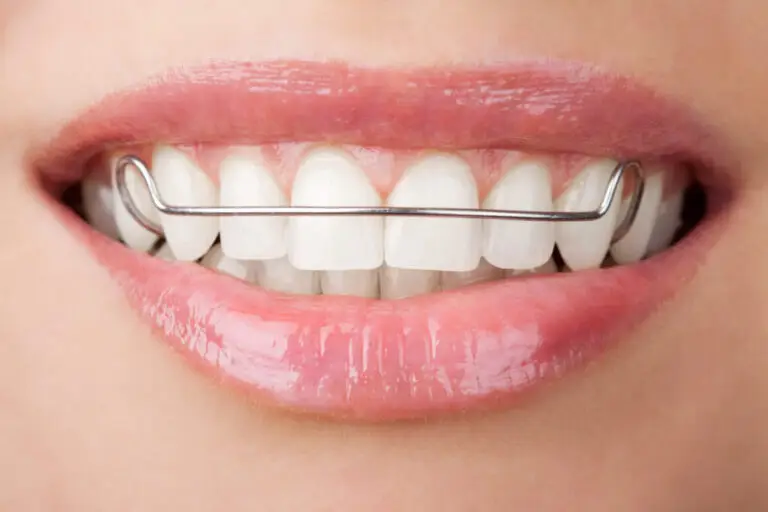Wearing a retainer as directed is an important part of ensuring that your teeth remain in their new, improved position.
Without a retainer, your teeth may slowly start to move back into their original position. Wearing a retainer as directed by your orthodontist will help ensure that you maintain your new, improved smile!
At Green Dental, Sherman Oaks, we understand the importance of proper aftercare, which is why we provide comprehensive care following orthodontics, including expert guidance on retainers. In this blog post, we will explore the significance of retainers and how Green Dental ensures that your post-orthodontic journey is seamless and successful.
It is important to maintain your retainer properly for its longevity and effectiveness.

Here’s how our team of dentists in Sherman Oaks can help you:
- Green Dental offers a range of retainer options, including removable and fixed retainers, allowing patients to choose the most suitable option for their lifestyle.
- We provide our patients with instructions on how to properly clean and maintain the retainer. This helps to ensure its longevity and effectiveness.
- We schedule regular follow-up appointments to monitor the patient’s progress.
- The team at Green Dental understands the importance of retaining the results achieved through orthodontics and aims to prevent any shifting or relapse of teeth.
Different Types of Retainers
Removable Retainers:
Removable retainers are custom-made to fit your mouth (made of clear plastic or acrylic) and can be easily taken out for eating, cleaning, and special occasions. They provide an excellent option for individuals who prefer flexibility and convenience.
Hawley Retainers:
Hawley retainers consist of a plastic or acrylic archwire that rests against the roof of your mouth or the inside of your lower teeth, along with a wire that holds the front teeth in position. These retainers are highly durable and can be adjusted by your orthodontist to ensure proper alignment. Hawley retainers are popular due to their longevity, ease of adjustment, and customizable designs.
Fixed Retainers:
Fixed retainers, also known as bonded or lingual retainers, are attached to the back of your teeth using a thin wire. This type of retainer provides continuous retention, as it remains in place 24/7. Fixed retainers are ideal for individuals who are at a higher risk of teeth shifting or those who prefer a retainer that doesn’t require daily removal.
Clear Retainers:
Clear retainers, often made of a transparent thermoplastic material, offer a discreet alternative to traditional removable retainers. They are custom-designed to fit your teeth snugly, providing excellent retention while being virtually invisible.
At Green Dental, our experienced orthodontists will assess your specific needs and recommend the most suitable retainer option for you.
Tips to take care of your retainers
Don’t lose them:
Retainers are easily misplaced or accidentally discarded. Always keep them in their protective case when not in use, and avoid placing them in napkins or pockets where they can be easily forgotten or damaged.
Don’t drink while wearing them:
To prevent staining or damaging your retainers, it’s advisable to remove them before consuming any colored or sugary beverages.
Don’t eat while wearing them:
Retainers are not designed to withstand the chewing forces applied during meals. Remove your retainers before eating to prevent breakage or deformation. This will also minimize the risk of food particles getting trapped, leading to oral hygiene issues.
Clean them regularly:
Clean your retainers daily using a soft-bristle toothbrush and mild, non-abrasive toothpaste. Alternatively, use a retainer cleaner recommended by your orthodontist.
Avoid heat and hot water:
Exposing your retainers to high temperatures can cause them to warp or lose their shape. Avoid leaving them in hot water or hot objects.
Handle with care:
When handling your retainers, use gentle motions to avoid bending or damaging them. Be mindful when inserting or removing them from your mouth, using both hands and applying even pressure.
Attend follow-up appointments:
Regularly scheduled follow-up appointments with your orthodontist are crucial for assessing the fit and function of your retainers. Any necessary adjustments can be made to ensure optimal retention and alignment.
